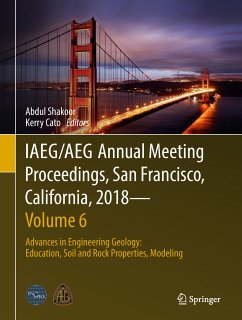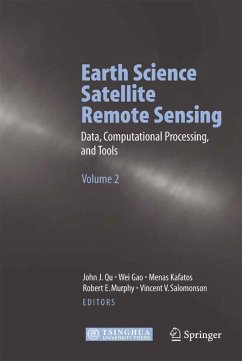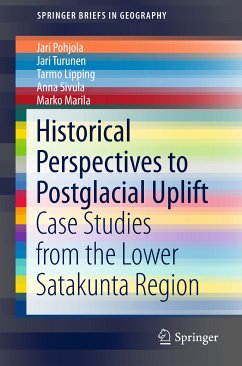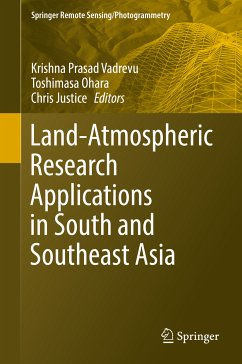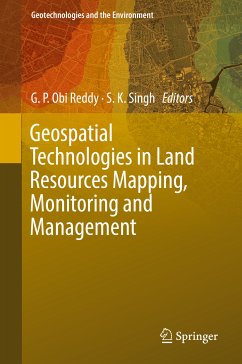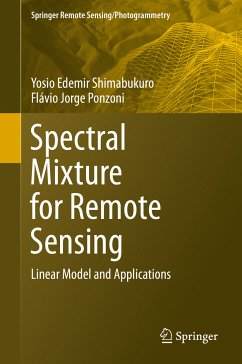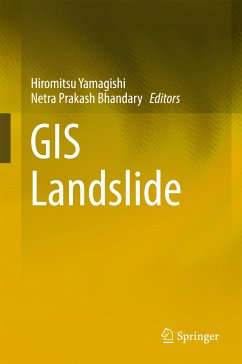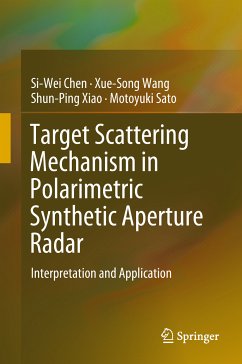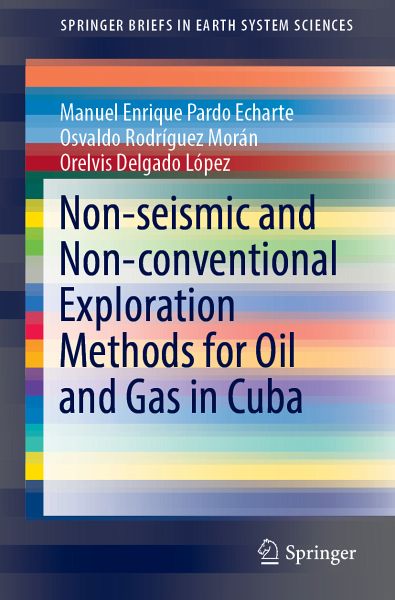
Non-seismic and Non-conventional Exploration Methods for Oil and Gas in Cuba (eBook, PDF)
Versandkostenfrei!
Sofort per Download lieferbar
40,95 €
inkl. MwSt.
Weitere Ausgaben:

PAYBACK Punkte
20 °P sammeln!
This book assesses the use of various non-seismic and non-conventional oil and gas exploration methods in Cuba. In addition to discussing the benefits of these methods, the book demonstrates how they can be combined with geological data and conventional methods, leading to a better evaluation of prospects and exploration risks. The authors describe how potential new gaso-petroleum sites in the Pina-Ceballos and Sancti Spiritus regions can be effectively mapped. The geophysical-geochemical exploration techniques combined in the Redox Complex method are used to identify and evaluate these sites...
This book assesses the use of various non-seismic and non-conventional oil and gas exploration methods in Cuba. In addition to discussing the benefits of these methods, the book demonstrates how they can be combined with geological data and conventional methods, leading to a better evaluation of prospects and exploration risks.
The authors describe how potential new gaso-petroleum sites in the Pina-Ceballos and Sancti Spiritus regions can be effectively mapped. The geophysical-geochemical exploration techniques combined in the Redox Complex method are used to identify and evaluate these sites. Areas of interest are mapped based on the presence of a combination of indicator anomalies, mainly derived using gravimetric, aeromagnetic and airborne gamma spectrometry.
The geochemical study concentrates on two petroleum-rich regions, one in northern and one in southern Cuba. The scope also includes the seas to the south of Cuba, which are studied with non-seismic exploration tools such as the Digital Elevation Model, which employs morphotectonic regionalization.
Dieser Download kann aus rechtlichen Gründen nur mit Rechnungsadresse in A, B, BG, CY, CZ, D, DK, EW, E, FIN, F, GR, HR, H, IRL, I, LT, L, LR, M, NL, PL, P, R, S, SLO, SK ausgeliefert werden.
Alle Preise in Euro und inkl. der gesetzl. MwSt. | Innerhalb Deutschlands liefern wir preisgebundene Bücher versandkostenfrei. Weitere Informationen: bitte hier klicken
Support
Bitte wähle dein Anliegen aus:
Rechnungen
Bestellstatus
Retourenschein
Storno



